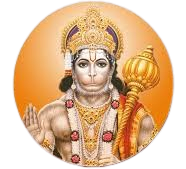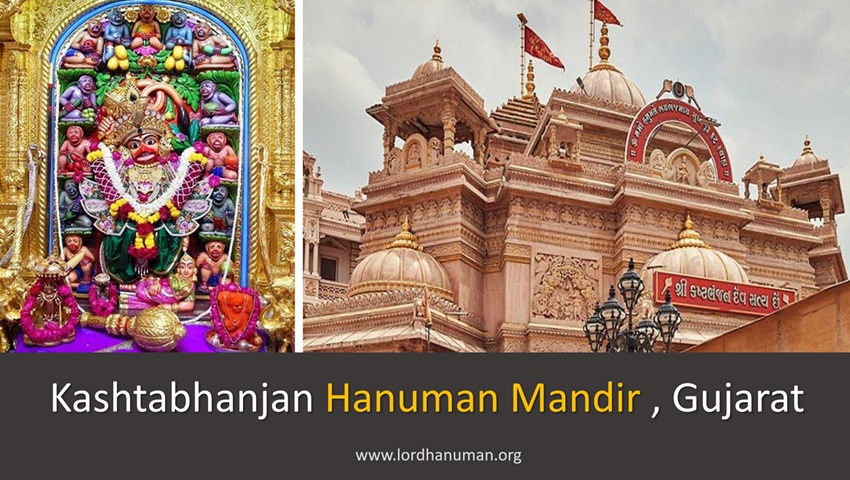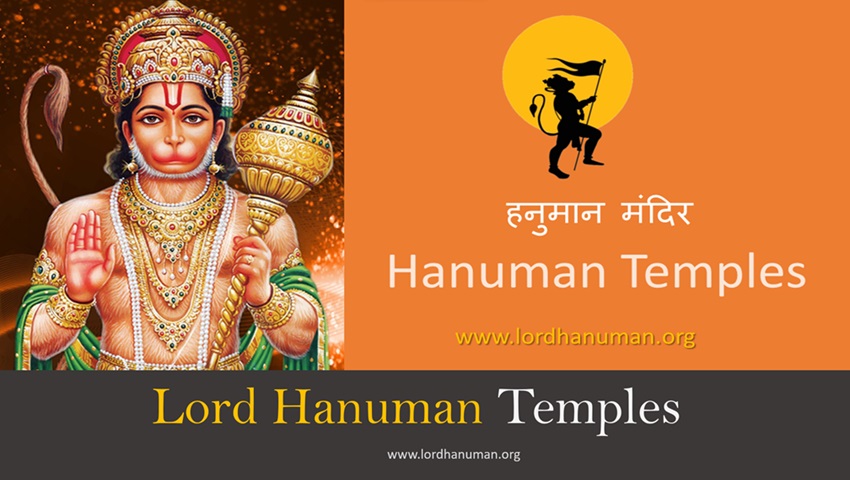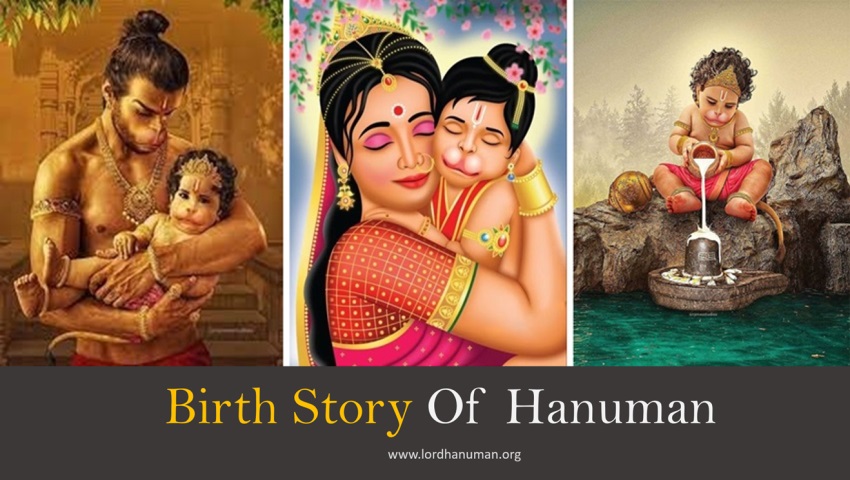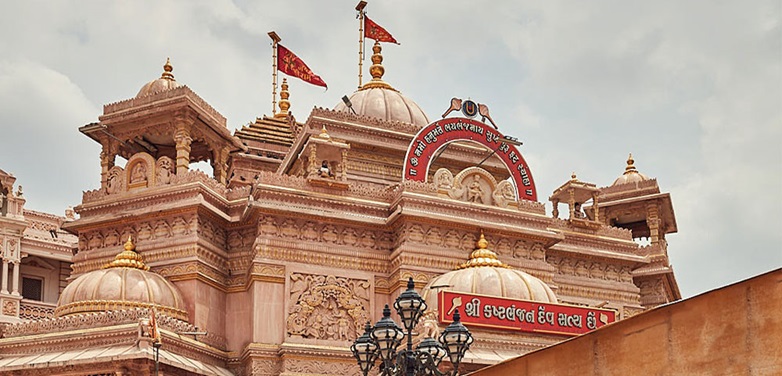
Kashtabhanjan Hanuman Mandir
कष्टभंजन हनुमान मंदिर
Kashtabhanjan Hanuman Mandir is Located in Sarangpur, Gujarat.It is a prominent Hindu Temple Dedicated to Lord Hanuman.
The Kashtabhanjan Hanuman Mandir, also known as the Hanuman Temple, is a prominent Hindu temple dedicated to Lord Hanuman. While there are several temples dedicated to Lord Hanuman with similar names across India, one well-known Kashtabhanjan Hanuman Mandir is located in Sarangpur, Gujarat.
The term “Kashtabhanjan” is a combination of two Sanskrit words. First word is Kashta (कष्ट) which translates to “trouble” or “suffering.” The second word is Bhanjan (भञ्जन). Which means “destroyer” or “dispeller.” The name signifies the divine quality of Hanuman in providing solace, protection, and support to those who seek his blessings in times of distress.
Therefore, “Kashtabhanjan” collectively refers to the one who destroys or dispels troubles and suffering. In the context of the name of the Kashtabhanjan Hanuman Mandir, it emphasizes Lord Hanuman‘s role as the reliever of troubles and the one who dispels the difficulties and challenges faced by devotees.
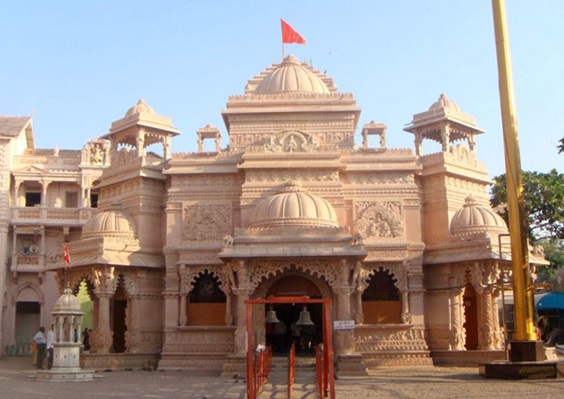
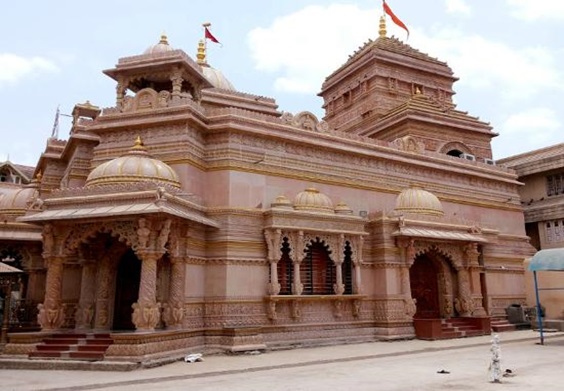
Devotees visit this temple to seek blessings from Kashtabhanjan Hanuman, who is believed to relieve devotees of their troubles and sorrows. The Sarangpur Hanuman Temple is located in Sarangpur village which is in Gujarat.
From Bhavnagar, the temple distance is 82 Km. Devotees usually visit this temple in large numbers especially on Tuesday and Saturday. The temple management provide daily Bhandara that is free food for 8000 hanuman devotees who visit the mandir.
कष्टभंजन हनुमान मंदिर
Temple History
The Kashtabhanjan Hanuman Mandir in Sarangpur has a fascinating history deeply connected to the devotion of Gopalanand Swami, a revered saint in the Swaminarayan Sampradaya.
It is said that Gopalanand Swami, a direct disciple of Lord Swaminarayan, installed the idol of Lord Hanuman in the temple with divine powers to alleviate the troubles and sufferings (kashta) of devotees.
On 6 April 2023, then Indian home minister Amit Shah unveiled 54-feet tall statue made out of metals which weighs 30,000 kg. The statue, visible from 7 km away, was crafted at the cost of ₹11 crore (₹110 millions).
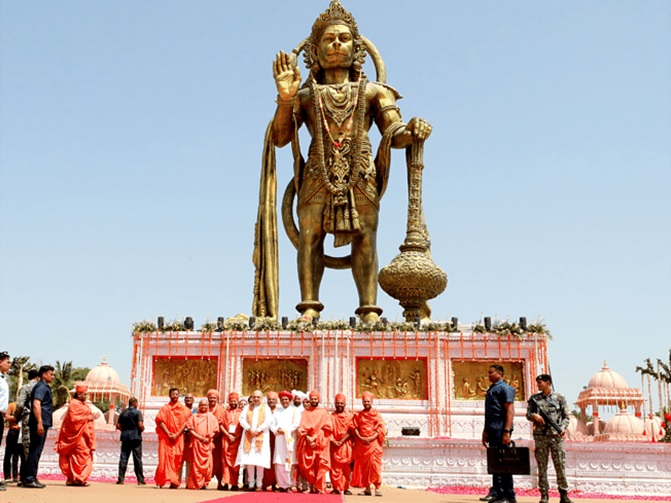
The Sarangpur Hanuman temple is a Jagrut well known Hanuman mandir in the Sanatan dharma. The temple was developed and idol of Hanuman was installed with Pran Pratishtha puja by Gopalanand Swami who is one of the primary disciple of Swaminarayan.
One of the most well known story about this temple that when Gopalanand Swami installed the idol of Hanuman, he touched it with a rod and the idol came alive and moved. This story has become a charter for the healing ritual performed at this temple.
The Hanuman idol represents a strong and stout figure with a handlebar moustache, with Shani Dev in his feminine form under his foot and baring his teeth, standing among sculpted foliage full of fruit bearing monkey attendants.
Kashtbhanjan Hanuman Temple
Hanuman Idol
The specific features of the idol of Lord Hanuman in the Kashtabhanjan Hanuman Mandir are unique. Following details are a general representation based on the typical depictions of Lord Hanuman in Hindu iconography:
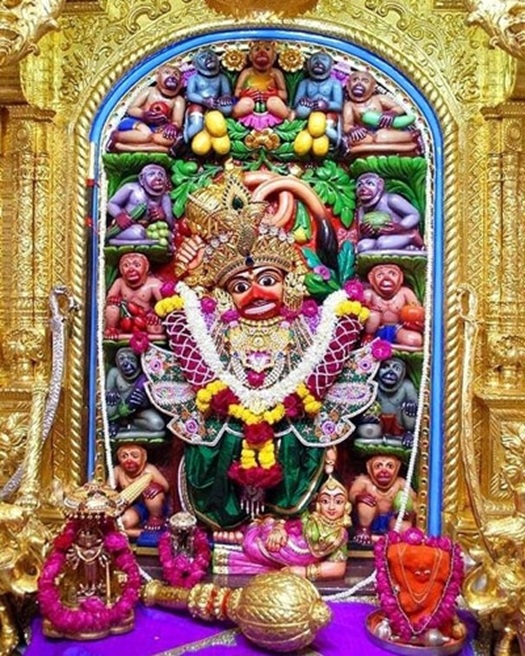
- Mace (Gada): Lord Hanuman is often depicted carrying a mace, symbolizing strength and valor. The mace is a powerful weapon and signifies Hanuman’s role as a formidable warrior.
- Folded Hands (Anjali Mudra): In many depictions, Lord Hanuman is shown with folded hands in a gesture of reverence and devotion. This reflects his unwavering dedication to Lord Rama.
- Tail on Fire (Sankat Mochan): One iconic feature is the depiction of Lord Hanuman with his tail on fire. This represents the episode from the Ramayana where Hanuman sets his tail ablaze while burning the city of Lanka in his quest to rescue Sita.
- Flying Posture: Hanuman is often portrayed in mid-air, depicting his ability to fly. This symbolizes his exceptional strength, agility, and devotion.
- Mukut (Crown): The idol may wear a crown or mukut, signifying Hanuman’s divine status. The crown is often adorned with jewels and represents his royal lineage as the son of Anjana and Kesari.
- Veil of Divinity (Divya Astra): Some depictions include an aura or divine veil around Hanuman, emphasizing his celestial nature and divine prowess.
- Loincloth (Langoti): Lord Hanuman is usually depicted wearing a simple loincloth, reflecting his humble and dedicated demeanor.
- Muscular Physique: Hanuman’s physical form is often depicted as robust and muscular, highlighting his immense strength.
कष्टभंजन हनुमान मंदिर
Temple Location
The temple is situated in Sarangpur, a town in the Bhavnagar district of Gujarat, India. The exact address is Sarangpur, Tal. Botad, Dist. Bhavnagar, Gujarat – 364250.
How To Reach Temple Location ?
By Air:
The nearest major airport is Sardar Vallabhbhai Patel International Airport in Ahmedabad, which is approximately 200 kilometers away from Sarangpur. From the airport, you can hire a taxi or use other local transportation to reach Sarangpur.
By Train:
The nearest railway station is Botad Junction, which is around 25 kilometers from Sarangpur. Trains connect Botad Junction to various cities in Gujarat and other parts of India. From the railway station, you can hire a taxi or use local transportation to reach the temple.
By Road:
Sarangpur is well-connected by road, and buses or private vehicles can be used to reach the Kashtabhanjan Hanuman Mandir. Major cities in Gujarat, such as Ahmedabad and Bhavnagar, have bus services to Sarangpur. Additionally, taxis and private cars can be hired for a more comfortable journey.
Local Transportation:
Once you reach Sarangpur, local transportation options like auto-rickshaws and taxis are available to take you to the Kashtabhanjan Hanuman Mandir.
